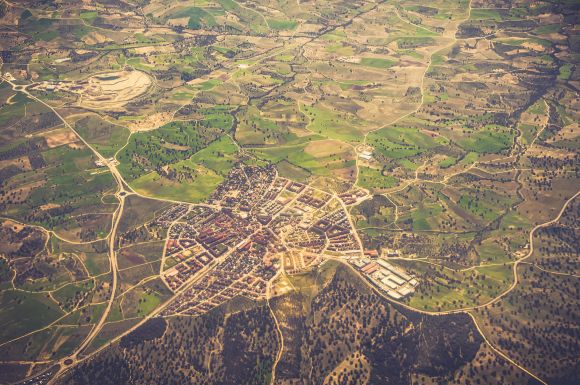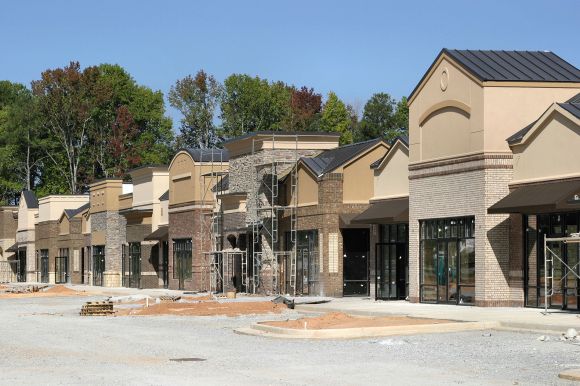By Bill R. Shelton, CEcD
Determining how to differentiate the community in the crowded and competitive economic development marketplace is a major challenge faced by civic leaders.
Assembling a long list of the community’s location advantages is the first step that most communities take, but every listed advantage does not necessarily bring a winning benefit. What the community may consider to be an advantage may indeed be a benefit for a company but may not be a factor that drives location or expansion decisions.
For example, a community might consider its location on an interstate highway to be a competitive advantage when in reality it may be a factor that merely allows the community to compete. For businesses that need interstate locations, only communities on the interstate highways will be considered. In this case, the advantage is simply a qualifier and not a competitive differentiator. Differentiators are needed to drive the location decision.
Identifying differentiators would appear not to be a difficult process, but in actuality, it is. It takes a great deal of thought and hard work to identify and describe what makes a community different from those in the same market. Here are three tips to help:
1. Know your prospects and find out what really makes a difference.
The best source of quality information about a business’ needs is from the prospect. Don’t try to guess; ask the direct question, “What will drive your location decision?” The prospect is looking at your community through a different prism and may see value-added advantages that you don’t see or have overlooked. Engage the prospect to the degree that you can ask frank questions about what the company likes and dislikes about your community. This first-hand information will not only help to make the current deal, but it will also assist in framing future marketing activities.
2. Consider your community’s values.
Not all differentiators are hard advantages that have dollar values. Tell the story of your community and its values. For example, more businesses are managing sustainability to improve processes, pursue growth and add value to their companies. A community’s efforts to be environmentally friendly and to encourage energy efficiencies can be a differentiator. The story of leadership and initiative by a community that has overcome a major disaster or misfortune is also a strong differentiator that is worth telling.
3. Know your competition.
To help better understand your differentiators, it is helpful to know what differences competitive communities consider to be their distinguishing features or services. By analyzing competitive communities’ online postings and marketing materials, you can identify the differences they highlight and strengthen your ability to identify differentiators that will help your community stand out from the competition.
Focusing time and energy on identifying the differentiators that give your community a competitive edge is worthwhile. Don’t forget that once identified, differentiators must be properly communicated to explain the exact benefits a prospect business can expect from locating or expanding in your community.


